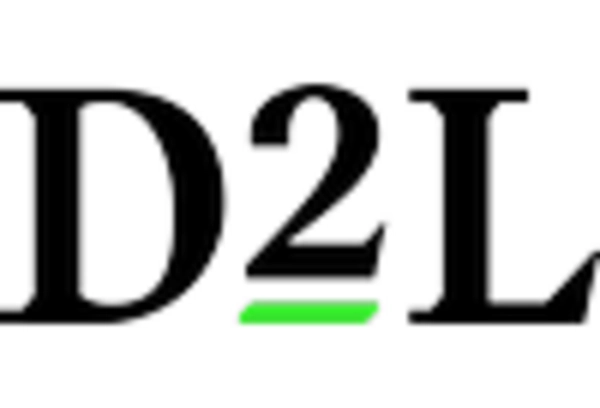Cultural Shift Towards Lifelong Learning
There is a notable cultural shift in China towards lifelong learning, which is influencing the blended learning market. As the economy evolves, individuals are increasingly seeking opportunities to enhance their skills and knowledge throughout their lives. This shift is reflected in the growing enrollment in adult education programs, with a reported increase of 20% in participation over the past year. The blended learning market is well-suited to meet the needs of these lifelong learners, offering flexible and accessible learning options. Educational institutions and training providers are likely to adapt their offerings to align with this cultural trend, further driving the growth of blended learning solutions.
Corporate Investment in Employee Development
The corporate sector in China is increasingly recognizing the value of employee development, which significantly impacts the blended learning market. Companies are investing in training programs that incorporate blended learning methodologies to enhance workforce skills. Recent data suggests that corporate training expenditures have risen by 15% annually, with a substantial portion allocated to blended learning initiatives. This trend indicates a shift towards more effective training solutions that combine online modules with in-person workshops. As organizations seek to improve employee performance and retention, the blended learning market is likely to benefit from this growing investment in professional development.
Government Support for Educational Innovation
The Chinese government actively promotes educational innovation, which significantly influences the blended learning market. Initiatives such as the 'New Generation Artificial Intelligence Development Plan' aim to integrate advanced technologies into education. This support is reflected in increased funding for educational technology, with the government allocating approximately $1.5 billion to enhance digital learning infrastructure. Such investments are likely to foster the growth of blended learning solutions, as educational institutions adopt hybrid models that combine traditional and digital learning methods. The emphasis on improving educational quality and accessibility aligns with the objectives of the blended learning market, creating a conducive environment for its expansion.
Rising Demand for Flexible Learning Solutions
In China, the demand for flexible learning solutions is on the rise, driven by the diverse needs of learners. The blended learning market is particularly well-positioned to address this demand, as it offers a combination of online and face-to-face learning experiences. Recent surveys indicate that over 70% of students prefer learning environments that allow for flexibility in scheduling and content delivery. This trend is further supported by the increasing number of working professionals seeking to upskill while managing their careers. Consequently, educational institutions and training providers are likely to invest in blended learning programs to cater to this growing audience, thereby enhancing the market's potential.
Technological Advancements in Educational Tools
Technological advancements play a crucial role in shaping the blended learning market in China. The proliferation of mobile devices and high-speed internet access has transformed how educational content is delivered. As of 2025, approximately 85% of urban households have access to the internet, facilitating the adoption of online learning platforms. Moreover, innovations such as artificial intelligence and virtual reality are being integrated into educational tools, enhancing the learning experience. These advancements not only improve engagement but also provide personalized learning pathways, which are essential for the blended learning market's growth. Educational institutions are increasingly leveraging these technologies to create more interactive and effective learning environments.

















Leave a Comment